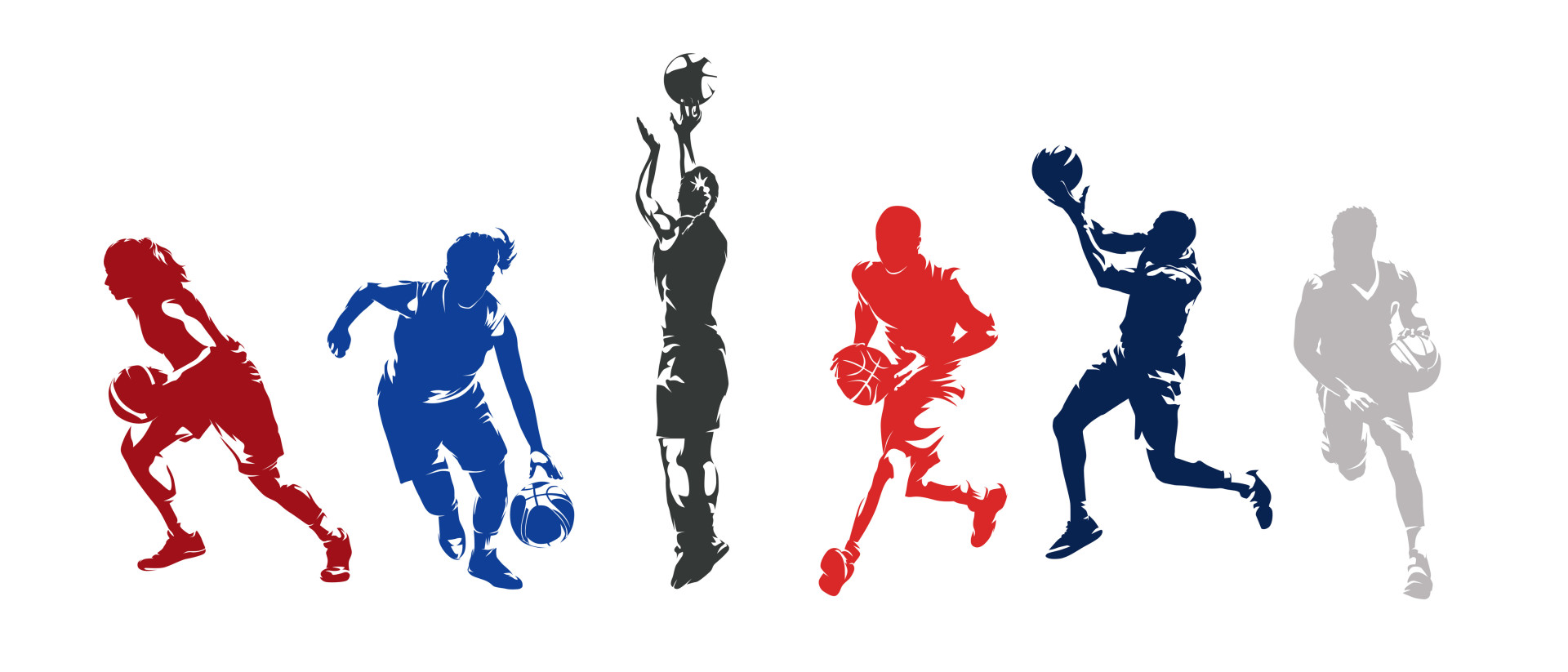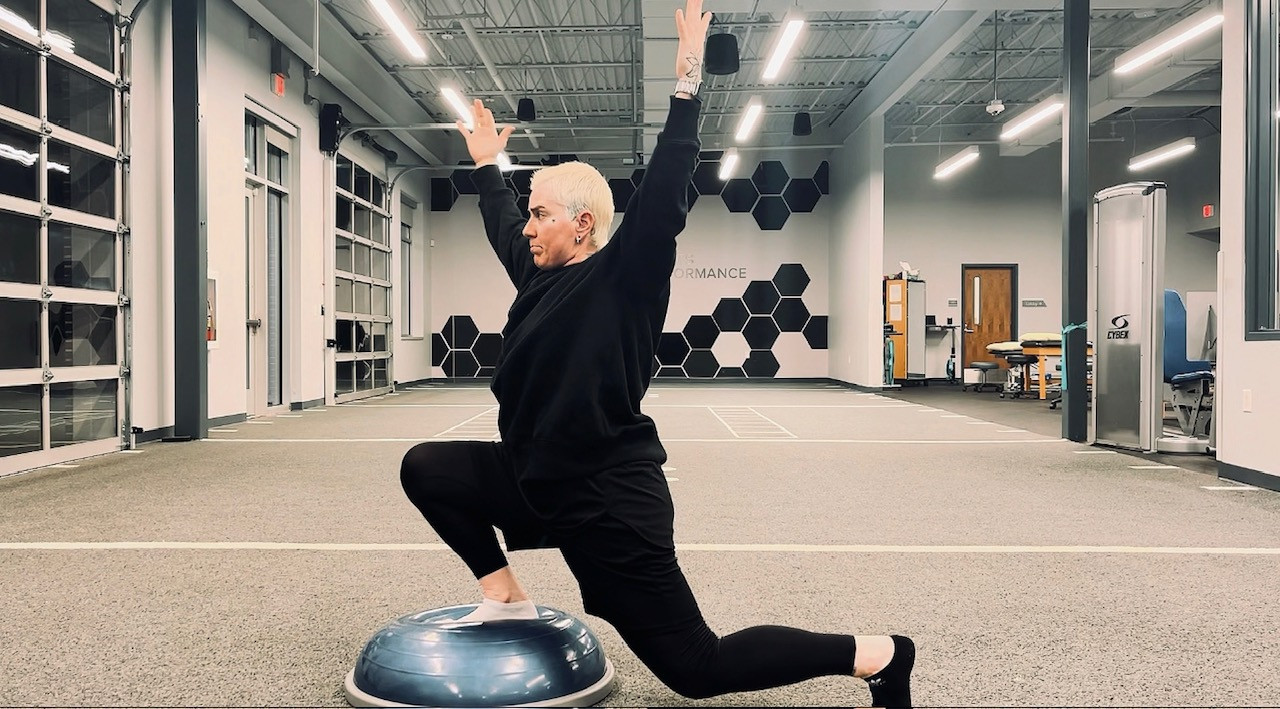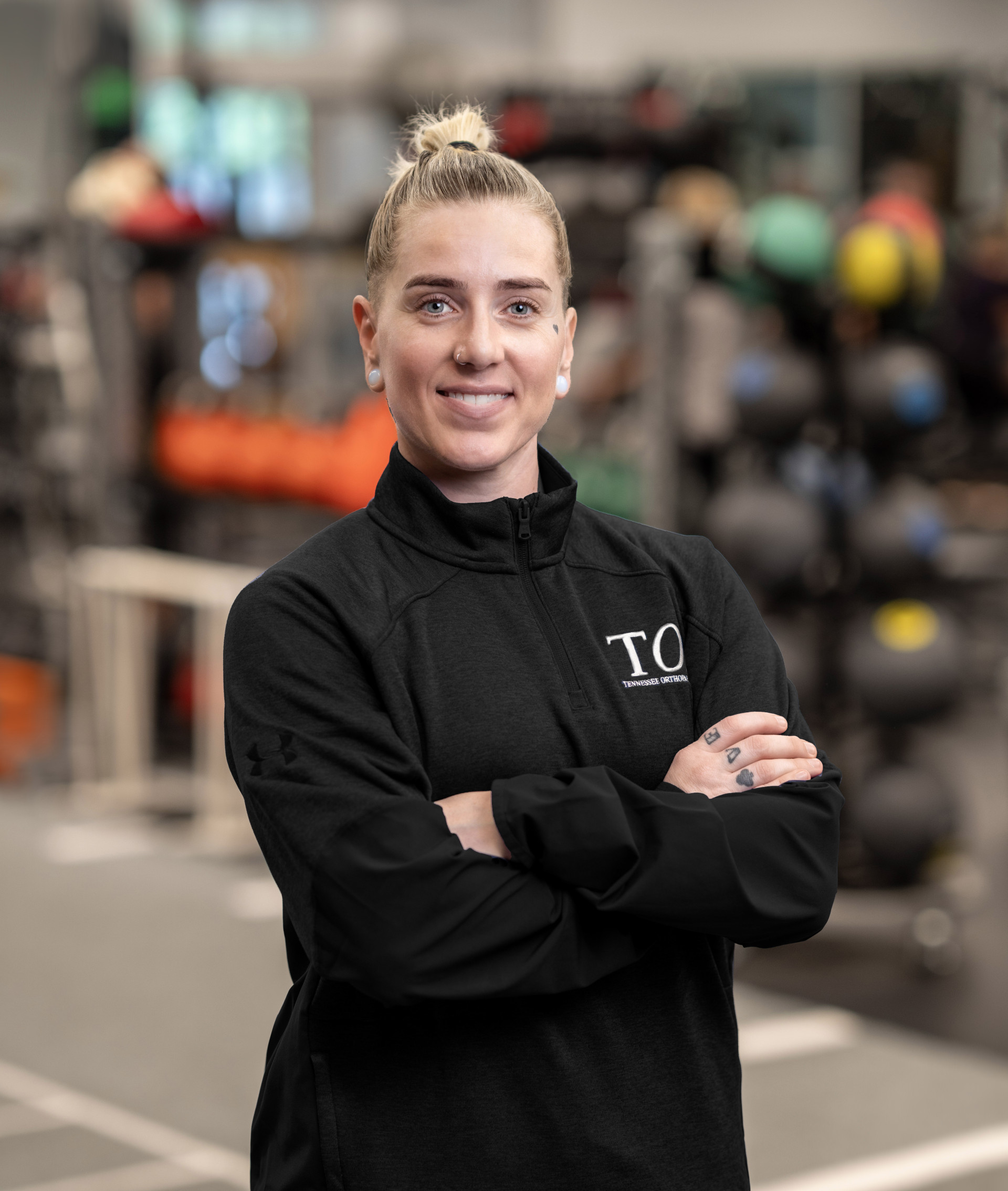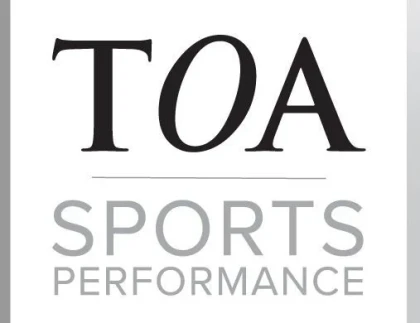Media Center
Movement Quality Over Max-Loading for Elite Basketball Athletes

How much can you squat? What’s your 1 rep max (1RM) on bench? What was your last max on power clean? To put it bluntly… who cares? Unfortunately, this paradigm is being upheld by an antiquated assessment of key performance indicators (KPIs) for sport. Though we are seeing a (slow) shift in what are considered effective strength & conditioning programming considerations, there remains a misconception that to progress and compete at the highest level, you must be able to lift heavy in your standard KPIs (bench, squat, clean, et cetera). Yes, being able to move more weight at greater rates of speed matters at the elite level of sport, but that does not mean much if it is done without movement efficacy. Let’s look at this more closely through the lens of an elite basketball athlete.
What are the performance requisites for basketball athletes? A ‘sport needs analysis’ shows us that power, strength, strength-endurance, agility, mobility, stability, conditioning, and game I.Q., are a given. Now, biomechanically, let’s look at the common positional patterns from a joint-by-joint approach: ankle dorsiflexion/plantar flexion, knee flexion/extension and deviation, internal/external femoral rotation, lumbopelvic tilt & torsion control, stability about the lumbar, the ability to segmentally move at the thoracolumbar junction, thoracic mobility, shoulder girdle strength and stability and mobility, scapular rhythm, and the ability to completely dissociate upper body from lower-as the most important factors for successful performance outcomes in basketball. Phew, if you were reading aloud, please take a breath! Let’s now marry the aforementioned attributes to the latter and more detailed biomechanical outputs. Stimuli that challenge these qualities are what a comprehensive basketball performance program should consist of.
If we are looking objectively, which, for the purpose of science, we should be, how much impact does a 1RM squat have on one’s ability to get into and remain in a knee over toes position for a sustained period? Not nearly as much as the propensity to focus on this modality would suggest. Sure, a squat pattern helps squat pattern positions in general, but I can’t tell you the last time I relied on an athlete’s 1RM squat profile as an accurate predictor for career longevity or injury prevention in basketball. As athletes age, the accumulation of volume in their sport, as well as the programs implemented to augment skills (and vice versa) can have a negative impact on general orthopedic health, soft tissue integrity, and connective tissue tensile strength. How do we combat this degradation? By coaching our basketball athletes through programs that intentionally focus on movement quality in the finer details, with the appropriate dosage of KPIs that apply to basketball. We can call this a pre-habilitative and comprehensive approach.
Let’s take a snapshot look at just a few focal points our elite level basketball athletes should be engaging in (this applies to those in their developmental, high school and collegiate years as well):

1. Everything knee over toes! Yes, knee over toes. It is time everyone moves on from the unfounded idea that this translation of the knee is dangerous and bad for you. Brushing your teeth is bad for you if you choke on your toothbrush, but if you avoid brushing your teeth, you will see a degradation of your tooth and gum health. Training one’s knees to function in this position will translate directly to one’s ability to get into and sustain this consistent position in competition. We can do this through movements involving dynamic stability & mobility. Driving the knee over the toes on a static leg, while dynamically mobilizing the hip on the opposite side is a great example. This will indicate either diminished or sound strength in a “compromised” position of the stable knee, while manipulating movement through the hip on the other side. Stabilization plus dynamic manipulation and mobility for the win!
2. Intensive and extensive plyometrics involving movement about the hip, knee, and ankle. This will train acceleration and deceleration. Basketball athletes leave the ground more than those who participate in many other sports. If we can’t perfect landing mechanics through extensive, lower level plyometrics, we can’t expect them to move with integrity in competition while employing max efforts. This should be a multi-level progression with efforts in all planes of motion. Extensive volume at lower levels should be the starting point, moving into high level, intensive, and more complex efforts as we approach peak performance (pre-season & re-peak in-season).
3. Rhythmic oscillating patterns. If you’ve ever paid serious attention to a shoot-around, you will notice a retracing of one’s mechanics as a method to groove shooting form. This helps establish stronger neuropathways. Muscle memory is legitimate. Oscillating patterns are where you perform a movement, and then at the end range of the movement you retrace and deconstruct it back to the beginning. Doing so with an intentional use of rhythm, tempos, and exact replication from beginning to end and back again will help your brain receive feedback from your body. This connection improvement will help mitigate injury/re-injury caused by a lack of efficiency in movement.
4. A high dosage of mobility work. Being able to actively move your joints through a full range of motion is a major contributor to sound biomechanics, as well as keeping your soft and connective tissues healthy. The quote “if you don’t use it, you lose it” could not be more fitting. For basketball athletes in the later years of their career, mobility is your gateway to longevity and injury prevention. Modalities like functional range conditioning, yoga, and Pilates can enhance the health of your tissues and joint bodies-not to mention provide a wonderful source of relaxation for your central nervous system. These efforts can be loaded with external resistance or kept at body weight for self-regulation and somewhat of a “de-load.”
The appropriate dosage, as well as load and volume management of the attributes basketball requires is the bare minimum a program should consist of. These efforts, in concert with the highest level of movement efficiency contributes to higher levels of tissue integrity and capacity. In none of the above examples did you see anything about a squat or bench max lift. If we aim our focus on movement quality as opposed to loading quantities, we can produce beautiful movement due to stronger neuropathways. Another byproduct being injury/re-injury prevention, secondary injury mitigation and sustained progress. This is especially vital to career longevity for those at the “veteran age” in professional sport-and particularly in a high impact sport like basketball. Pre-habilitative efforts such as those mentioned here allow for safe and effective progressions and high peak performance. These should be employed at all levels of basketball, but most specifically at the elite level. Let’s get after it!

Marci Beck, M.S., CSCS, CPT, TPI
TOA Sports Performance Specialist








